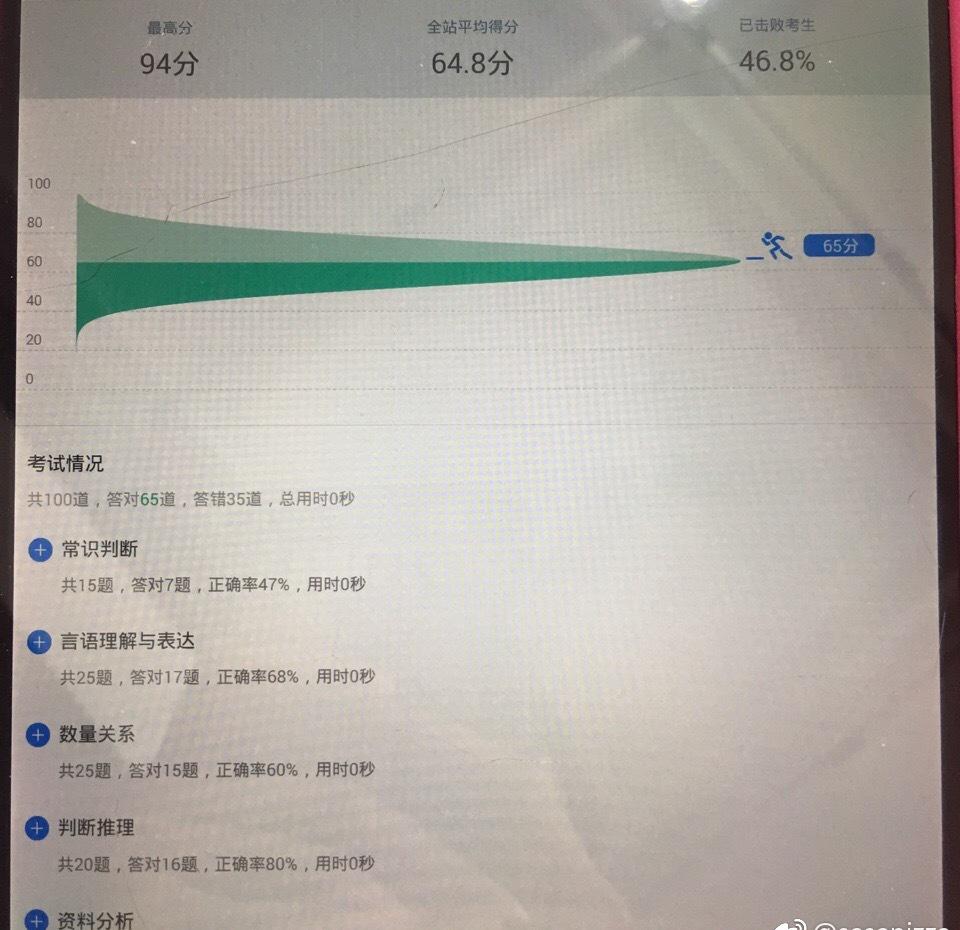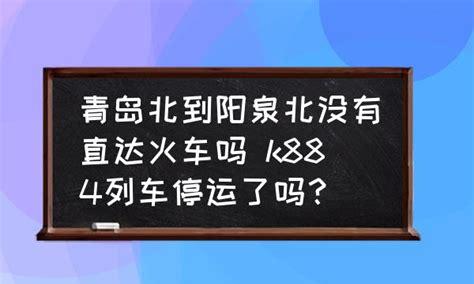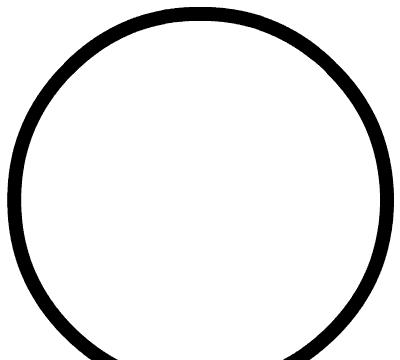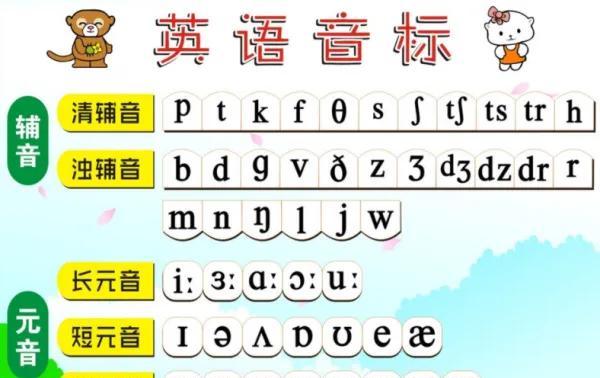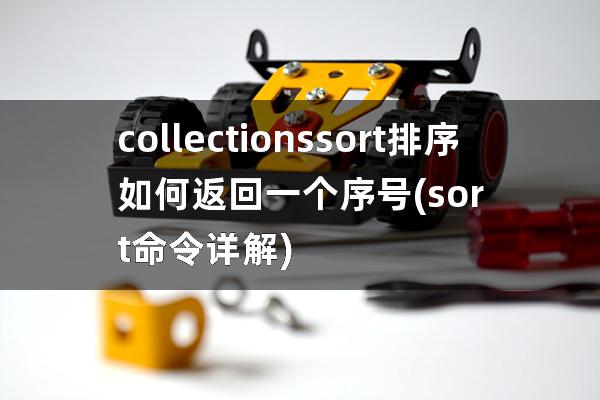
南京万和Java培训分享Java高频面试题—如何对HashMap按键值排序?
Java中HashMap是一种用于存储“键”和“值”信息对的数据结构。不同于Array、ArrayList和LinkedLists,它不会维持插入元素的顺序。
1. HashMap存储每对键和值作为一个Entry<K,V>对象。例如,给出一个HashMap,
[html] view plain copy print?
Map<String,Integer> aMap = new HashMap<String,Integer>();
键的每次插入,都会有值对应到散列映射上,生成一个Entry <K,V>对象。通过使用这个Entry <K,V>对象,我们可以根据值来排序HashMap。
2.创建一个简单的HashMap,并插入一些键和值。
[java] view plain copy print?
Map<String,Integer> aMap = new HashMap<String,Integer>();
// adding keys and values
aMap.put(“Five”, 5);
aMap.put(“Seven”, 7);
aMap.put(“Eight”, 8);
aMap.put(“One”,1);
aMap.put(“Two”,2);
aMap.put(“Three”, 3);
3.从HashMap恢复entry集合,如下所示。
[html] view plain copy print?
Set<Entry<String,Integer>> mapEntries = aMap.entrySet();
4.从上述mapEntries创建LinkedList。我们将排序这个链表来解决顺序问题。我们之所以要使用链表来实现这个目的,是因为在链表中插入元素比数组列表更快。
[java] view plain copy print?
List<Entry<String,Integer>> aList = new LinkedList<Entry<String,Integer>>(mapEntries);
5.通过传递链表和自定义比较器来使用Collections.sort()方法排序链表。
[java] view plain copy print?
Collections.sort(aList, new Comparator<Entry<String,Integer>>() {
@Override
public int compare(Entry<String, Integer> ele1,
Entry<String, Integer> ele2) {
return ele1.getValue().compareTo(ele2.getValue());
}
});
6.使用自定义比较器,基于entry的值(Entry.getValue()),来排序链表。
7. ele1.getValue(). compareTo(ele2.getValue())——比较这两个值,返回0——如果这两个值完全相同的话;返回1——如果第一个值大于第二个值;返回-1——如果第一个值小于第二个值。
8. Collections.sort()是一个内置方法,仅排序值的列表。它在Collections类中重载。这两种个方法是
[java] view plain copy print?
public static <T extends Comparable<? super T>> void sort(List<T> list)
public static <T> void sort(List<T> list, Comparator<? super T> c)
9.现在你已经排序链表,我们需要存储键和值信息对到新的映射中。由于HashMap不保持顺序,因此我们要使用LinkedHashMap。
[java] view plain copy print?
Map<String,Integer> aMap2 = new LinkedHashMap<String, Integer>();
for(Entry<String,Integer> entry: aList) {
aMap2.put(entry.getKey(), entry.getValue());
}
10.完整的代码如下。
[java] view plain copy print?
package com.speakingcs.maps;
import java.util.Collections;
import java.util.Comparator;
import java.util.HashMap;
import java.util.LinkedHashMap;
import java.util.LinkedList;
import java.util.List;
import java.util.Map;
import java.util.Map.Entry;
import java.util.Set;
public class SortMapByValues {
public static void main(String[] args) {
Map<String,Integer> aMap = new HashMap<String,Integer>();
// adding keys and values
aMap.put(“Five”, 5);
aMap.put(“Seven”, 7);
aMap.put(“Eight”, 8);
aMap.put(“One”,1);
aMap.put(“Two”,2);
aMap.put(“Three”, 3);
sortMapByValues(aMap);
}
private static void sortMapByValues(Map<String, Integer> aMap) {
Set<Entry<String,Integer>> mapEntries = aMap.entrySet();
System.out.println(“Values and Keys before sorting “);
for(Entry<String,Integer> entry : mapEntries) {
System.out.println(entry.getValue() ” – ” entry.getKey());
}
// used linked list to sort, because insertion of elements in linked list is faster than an array list.
List<Entry<String,Integer>> aList = new LinkedList<Entry<String,Integer>>(mapEntries);
// sorting the List
Collections.sort(aList, new Comparator<Entry<String,Integer>>() {
@Override
public int compare(Entry<String, Integer> ele1,
Entry<String, Integer> ele2) {
return ele1.getValue().compareTo(ele2.getValue());
}
});
// Storing the list into Linked HashMap to preserve the order of insertion.
Map<String,Integer> aMap2 = new LinkedHashMap<String, Integer>();
for(Entry<String,Integer> entry: aList) {
aMap2.put(entry.getKey(), entry.getValue());
}
// printing values after soring of map
System.out.println(“Value ” ” – ” “Key”);
for(Entry<String,Integer> entry : aMap2.entrySet()) {
System.out.println(entry.getValue() ” – ” entry.getKey());
}
}
}
sort命令详解?
sort并不是简单的快速排序,它对普通的快速排序进行了优化,此外,它还结合了插入排序和推排序。
系统会根据你的数据形式和数据量自动选择合适的排序方法,这并不是说它每次排序只选择一种方法。
sort是在一次完整排序中不同的情况选用不同方法。
比如给一个数据量较大的数组排序,开始采用快速排序,分段递归,分段之后每一段的数据量达到一个较小值后它就不继续往下递归,而是选择插入排序,如果递归的太深,他会选择推排序。


